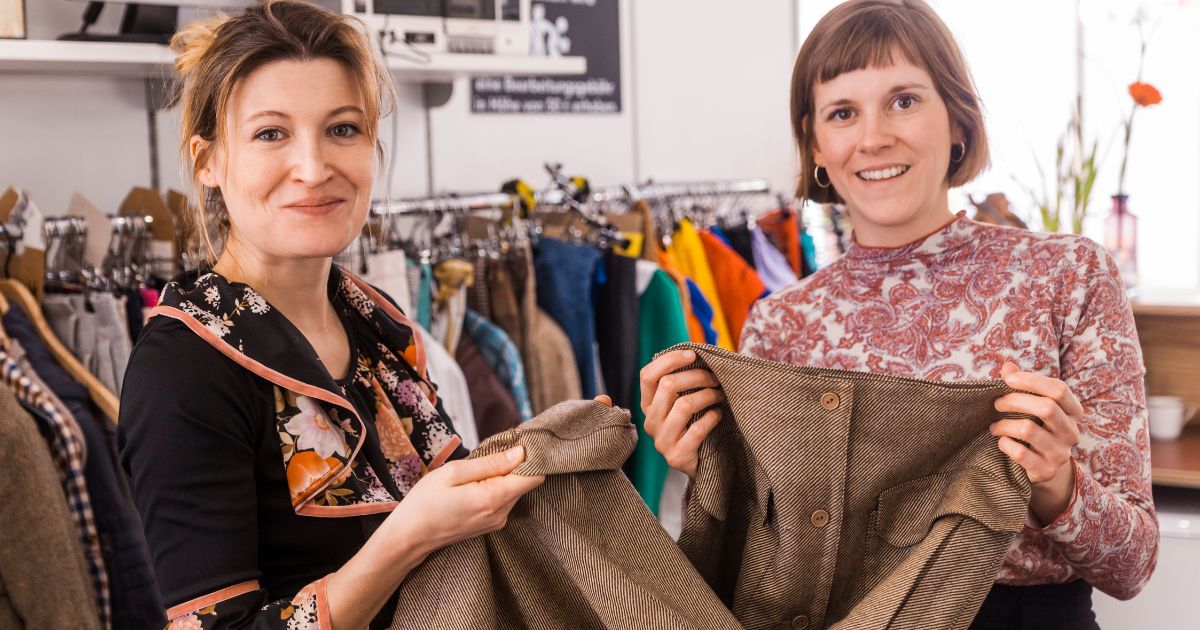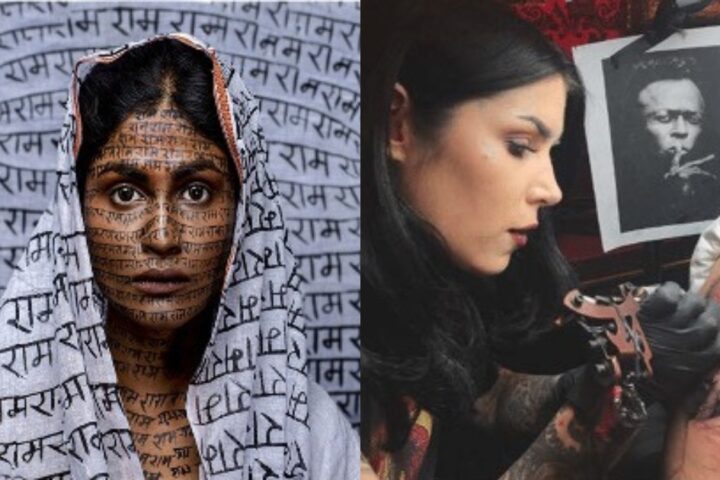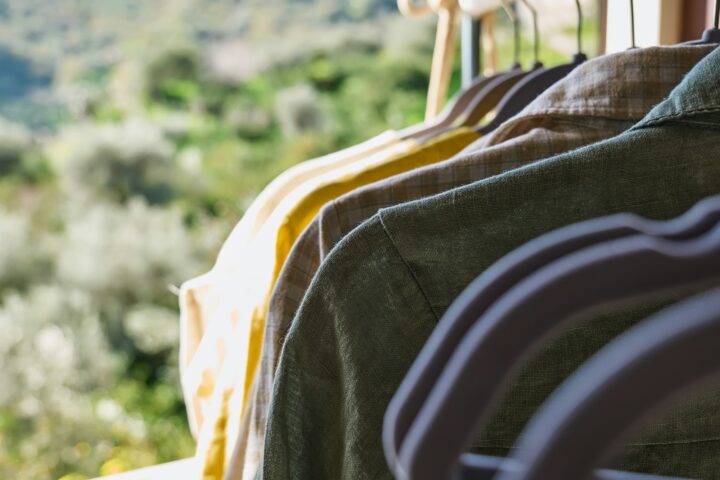The fashion industry, a juggernaut of the global economy, has seen an emerging trend that combines sustainable practices with high-end style: the market for vintage and second-hand designer fashion. As this market continues to grow, it’s important to understand the intricate legalities involved in buying and selling pre-owned designer clothing.
Copyright and Trademark Laws: The Foundation of Authentic Resale
Intellectual property rights, specifically copyright and trademark laws, serve as the foundation for the legal operation of the second-hand designer fashion market. Copyright law protects original designs while trademark law safeguards brand logos and names. In this sphere, it’s crucial to ensure that items sold are authentic and don’t infringe upon the designer’s intellectual property rights.
Selling a counterfeit dress that mirrors a famous designer’s work could lead to a lawsuit for copyright infringement. Similarly, using a designer’s logo without permission may result in a trademark infringement suit. Sellers, therefore, must conduct thorough due diligence to authenticate the items they sell and ensure they abide by the law.
Environmental and Social Benefits of Buying Vintage and Second-hand Designer Fashion: Redefining Consumerism
The purchase of pre-owned clothing, particularly from high-demand brands such as Chanel, Louis Vuitton, and Gucci, introduces a radical shift in consumer behavior that benefits both the environment and society. It aids in reducing the demand for new garments, thereby mitigating the environmental impact of the fashion industry.
In addition, second-hand designer fashion provides a more affordable pathway to high-end fashion, promoting social inclusivity.
Challenges of Buying Vintage and Second-hand Designer Fashion: An Uphill Battle
The second-hand designer fashion market has its own challenges. We can broadly categorize the challenges into four groups:
Challenge 1: Assessing the Condition and Quality of the Product
Tip: One should carefully and thoroughly examine the item. Pay close attention to delicate areas and inspect the garments or accessories for signs of compromised quality, especially enclosures, zip, padlocks, pockets etc.
Challenge 2: Identifying and Avoiding Counterfeit Products
Tip: It’s important to research the brand’s authentication guidelines and study the specific features, logos, patterns, and materials commonly used in authentic items. Purchase from well-established vintage stores, consignment shops, or online platforms that have robust authentication processes and positive reviews. Avoid buying from suspicious or unknown sellers. Look for any inconsistencies in craftsmanship, materials, or packaging.
Challenge 3: Hygiene Concerns
Tip: Upon receiving the item, consider washing or dry-cleaning it according to the manufacturer’s instructions as mentioned on the product. If no such instructions are mentioned, one can seek professional cleaning services to ensure hygiene.
Challenge 4: Warranties and Returns
Tip: Before buying, review the seller’s policies regarding warranties, returns, and exchanges. Don’t hesitate to clarify any doubts or concerns you may have.
Ask About Guarantees: Inquire about any guarantees offered by the seller regarding the authenticity and condition of the item.
Enforcement of Copyright and Trademark Laws in Practice: A Balancing Act
The fashion industry has seen its fair share of legal disputes related to copyright and trademark infringements in the resale market. Notably, in 2019, Chanel sued The RealReal for selling counterfeit Chanel bags. The company later settled the lawsuit and agreed to discontinue selling counterfeit Chanel products. This case highlights the rigorous enforcement of intellectual property rights and the importance of maintaining authenticity in the second-hand market.
The Chanel vs. The RealReal case revolved around counterfeit Chanel items being sold on the online reseller’s platform. The dispute highlighted the responsibility of online resale platforms to ensure authenticity and the potential damage to luxury brands’ reputation from counterfeits. Although no legal precedent was set, the settlement had industry-wide implications. It involved The RealReal pledging to enhance its authentication processes and collaborating with Chanel to combat counterfeiting. This case prompted a shift in the industry, leading online platforms to invest more in authentication procedures and luxury brands to actively collaborate with these platforms to safeguard their intellectual property rights. It demonstrated the necessity to balance intellectual property enforcement while maintaining consumer trust in the second-hand luxury market.
Innovation and Adaptation in the Second-hand Fashion Industry: Shaping the Future of Fashion
Companies like Thredup and Poshmark have revolutionized the sector, providing an easy and convenient platform for people to buy and sell pre-owned designer fashion. Thredup, with over 10 million members, has raised over $100 million in funding, demonstrating the viability of this business model. Poshmark, with its 60 million users, has facilitated over $10 billion in sales, again validating the strong demand for second-hand designer fashion.
Both Thredup and Poshmark have thrived by providing seamless customer experiences and by spreading awareness of the environmental and social advantages of buying vintage and second-hand clothing.
Future Trends for the Resale Market for Vintage and Second-hand Designer Fashion: Moving Towards a Sustainable Future
As the demand for sustainable and ethical fashion continues to grow, the vintage and second-hand designer fashion market is expected to flourish. Developments in technology may help address current challenges, such as verifying the authenticity of items by using blockchain technology.
Embracing the Second-hand Designer Fashion Market: Final Thoughts
The second-hand designer fashion market presents a fascinating blend of opportunities, challenges, and responsibilities. While navigating the complex legalities of copyright and trademark laws is essential, so is the capacity to adapt and innovate in the face of challenges. The potential economic, environmental, and social benefits make this sector an exciting frontier in fashion.










